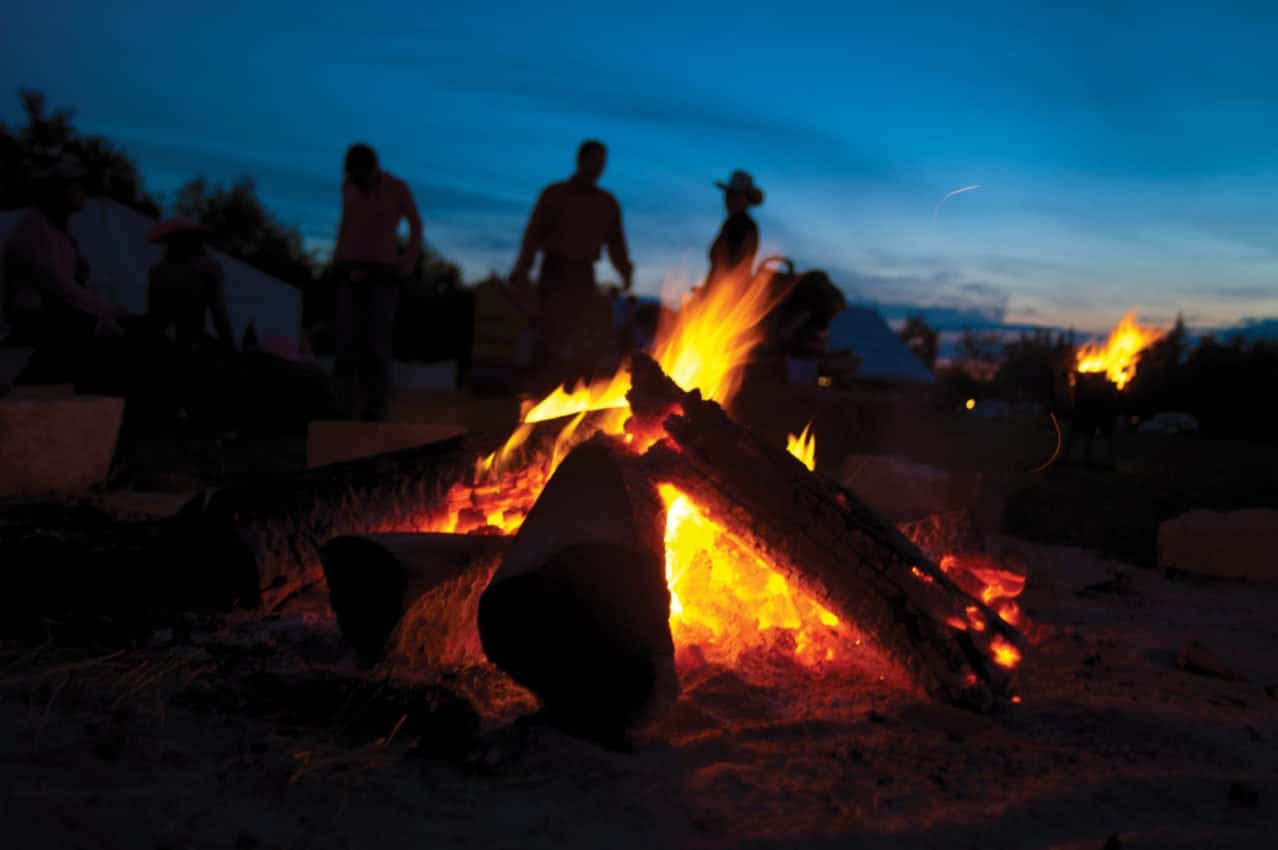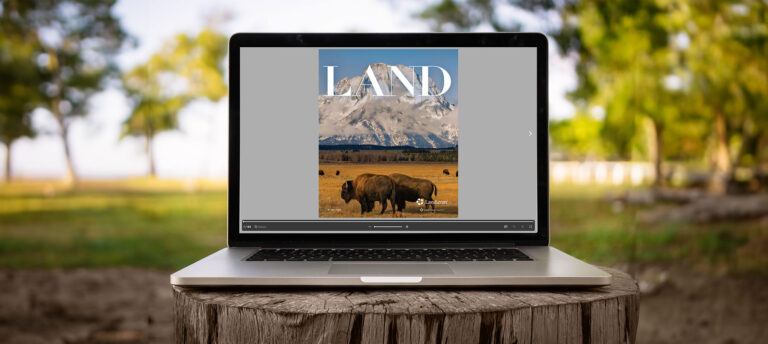A campfire planned as a social event is different from one held during a camp or in the wild. It provides an occasion for getting people together for enjoying one another’s company and spending time together under the stars, something we don’t much do these days. And the great thing is that you don’t even need to be camping to do this; it can be set up wherever a campfire is permitted, including on someone’s property, so even those who never spend time in the great outdoors at night can enjoy the stars, the atmosphere, and the camaraderie together.
So what are the important ingredients to a good campfire?
1. Decide the reasons behind holding your campfire event.
Getting a group of people around the campfire is an exercise in bonding and trust. And when it’s night and dark beyond the perimeter of the fire, and maybe cold too, coming together as a group around fire tends to bring out primal feelings of togetherness and coziness. There is also a sense of wonderment that a nighttime campfire can induce in participants, as the sky opens up before all. A campfire event is a great occasion for rounding off a conference or seminar, especially one of several days’ duration. It’s also a great way to build team spirit for a work, school, or academic group, to excite a group of usually disinterested teens, or to celebrate a special event such as a person’s birthday or an anniversary. And for those guiding or leading hiking, backpacking, outdoor sport, and other outdoor recreation groups, the social campfire is a great way to end each day and bring everyone together. Be guided by the opportunity a campfire event presents to create bonding, excitement, and possible learning experiences.
2. Get an appropriate location sorted.
Wherever you have the campfire, it needs to be legal, safe, accessible, and not be something that will annoy people not participating in it. Depending on the location, amenities such as toilets might be helpful but this might not be essential. If the campfire is near buildings, bush, or anything else flammable, it’s also important to have contingency plans in place for putting out the fire should anything go wrong. Call your local municipality or council to check the legality of your campfire event. You might need a permit, and it might not just be about the fire but also about holding a gathering. If it’s on private property, still check the legality of holding a fire at the time of year you plan on having it; the last thing you want is to be cause of a wildfire.
3. Decide the time for the campfire.
A campfire can be held all day long (such as at a music festival) or it can be reserved for the evening and night. The fire is at its best when it’s dark, so planning for some nighttime aspect of your event is a good idea.
4. Invite the friends.
Send out invitations as appropriate (by email, by mail, by poster, announcement at a meeting, etc.). If you are taking money for attendance, organize this in advance. It is also important to advise those coming what they need to bring, such as warm clothing, cushions, a flashlight (torch) or lamp, sturdy shoes, rain-jacket, tickets, etc. If you are arranging transport, also advise guests where they need to meet and by what time in order to be collected and taken to the campfire. If you have a large group, consider using smaller buses or vans as a shuttle service rather than one inflexible bus that only leaves once each way.
5. Plan for the event.
Having in place a rough plan is important, or more appropriately, a guide. You need to have a sense of what you want to achieve from the campfire get-together rather than just expecting everyone to work that out for themselves. While some of the time should be free for socializing individually or in small groups, it’s a good idea to plan activities, announcements, and food for everyone to participate in. Have a song list prepared, along with a time line of activities so that things aren’t simply happening randomly. It helps to be able to refer to this guide as the night proceeds. Avoid sharing this time line with the participants though, as it’s best to keep surprising them and to be flexible.The guide used for the evening needs to be flexible, in order to adjust the program as needed. For example, if the campfire attendees seem to be getting restless and bored, be ready with an action song. Or, if they’re getting too rowdy have some slow songs or a skit to insert to quieten things down.
6. Time the campfire event well.
A good campfire is neither too long nor too short. So what is a good timing? A good timing is one that builds up the participants and ends before their energy level starts to go down too much. This usually happens between 60 to 90 minutes. The diagram shows how a campfire builds up. Notice that it does not end back right at the bottom.
7. Assign someone (yourself perhaps) as the master of ceremony (MC), or even have a few people tasked with this.
The MC needs to have a good feel for the occasion and what the participants are likely to want to get out of it. The MCs are critical to maintaining the mood of the campfire. Besides being energetic and extroverted, MCs also need to be able to conduct the campfire as it is ongoing, they need to be able to control the mood according to what is required and therefore need to be able to feel the participants and react accordingly. MCs need to know the lyrics of songs sung and be able to sing them at the correct pace and tempo.
8. Decide on possible activities.
There are numerous things you can do for a campfire event, all of them dependent on who is coming, the purpose of your event, and how much equipment or other resources you have available. Some of the suggestions include:
Singing. Songs should be clustered together, according to a theme. That theme might be fast songs, slow songs, or songs based around a particular topic that is relevant to the group. Instead of just singing anything, singing songs that have a similar pace would be good. For example, singing “A thousand legged worm” just after “Pearly shells” doesn’t quite match. Fast songs and slow songs should be put in separate clusters. Alternatively, songs can be clustered together by type; for example, action songs in one cluster or foreign language songs in a cluster. Be sure to provide song sheets for the participants to follow. Stargazing. Provided the sky complies, this can be a lovely way to spend time with the group by the firelight. Have someone knowledgeable about the constellations lead the group in discovering the stars above. Food. Campfire cooking can be encouraged by the provision of ingredients for s’mores, toast, toasted marshmallows, foil-wrapped foods, bannock on a stick, spider dogs, chili, stew, apple crisp, etc. Look through a campfire cookbook and decide which recipes will work for your event and provide the ingredients and cooking equipment. Have someone act as head chef with instructions and help for those bewildered by what to do, and it’s also a good idea to have plenty of ready-made food available for the people who don’t want to toast their treats in the campfire. Conversations. Encourage people to mingle and talk to one another by giving breaks between entertainment and by provision of food which requires people to sit together to eat. Lower the music to encourage talking. Reading poetry, stories, plays, etc. This could include a short performance that makes the most of the dark atmosphere around the fire site. And ghost stories are another possibility if anyone’s in the mood! Drum Circle. Bring drums and rhythms instruments of any sort and get going with a simple steady beat. Fire and drums have been a natural pair for thousands of years. Deep and meaningful discussions. This can be a great opportunity to hold a deep discussion about spiritual, faith, hope, or other issues that move you as a group. Especially useful for a spiritual retreat, an activists’ pow-wow, or a church/faith group.
This article was originally published in the Winter 2015 Issue of LAND Magazine, a Lands of America print publication. Subscribe here today!


